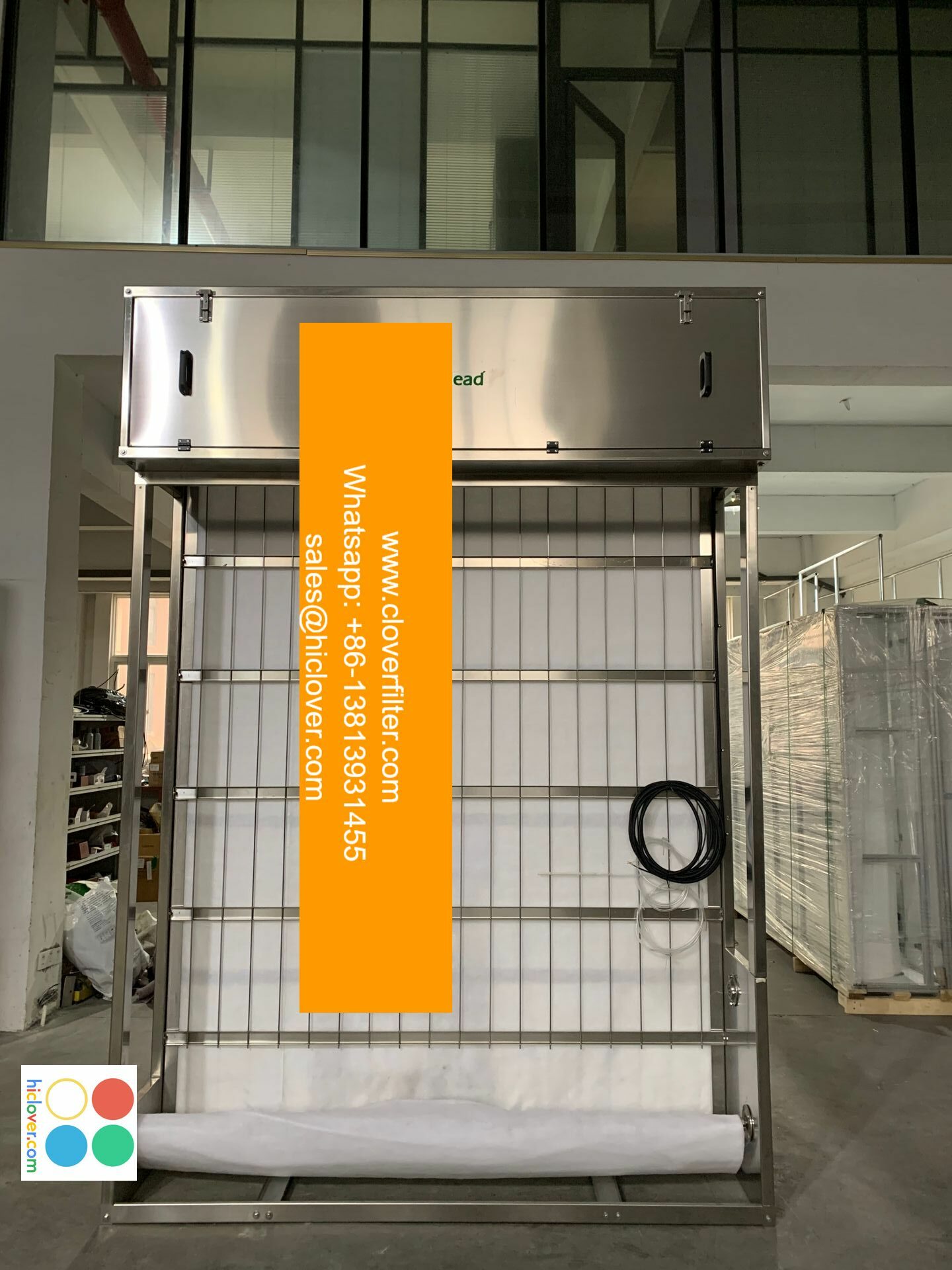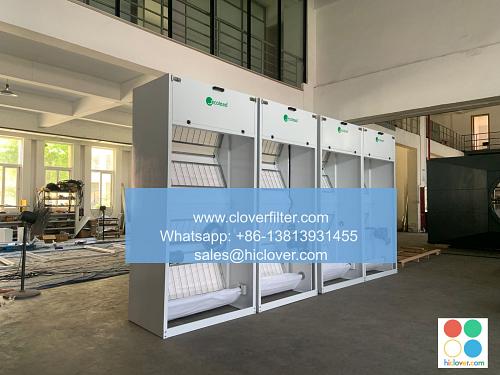Automating Air Filtration: A Review of Current Technologies

Air filtration is a crucial aspect of maintaining a healthy and comfortable indoor environment. With the increasing awareness of air pollution and its effects on human health, the demand for efficient air filtration systems has grown significantly. Automation in air filtration has revolutionized the way we approach indoor air quality, making it easier to maintain optimal conditions. In this article, we will review the current technologies in automating air filtration, highlighting various application areas and key innovations.
##
Introduction to Automated Air Filtration
Automated air filtration refers to the use of advanced technologies, such as sensors, artificial intelligence (AI), and Internet of Things (IoT), to optimize air filtration systems. These systems can detect changes in indoor air quality, adjust filtration rates, and alert users to potential issues. The primary goal of automated air filtration is to provide a healthy indoor environment while minimizing energy consumption and maintenance costs.
##
Current Technologies in Automated Air Filtration
Several technologies are driving the automation of air filtration, including:
* IoT-enabled sensors: These sensors can detect a range of pollutants, including particulate matter (PM), nitrogen dioxide (NO2), and volatile organic compounds (VOCs).
* AI-powered control systems: These systems use machine learning algorithms to analyze data from sensors and adjust filtration rates accordingly.
* HEPA (High Efficiency Particulate Air) filters: These filters are designed to capture 99.97% of particles as small as 0.3 microns, making them ideal for high-efficiency air purification.
* UV (Ultraviolet) light technology: UV light is used to inactivate microorganisms and remove VOCs from the air.
##
Application Areas for Automated Air Filtration
Automated air filtration has a wide range of applications, including:
* Commercial buildings: Offices, hospitals, and shopping centers can benefit from automated air filtration to maintain a healthy indoor environment and reduce sick building syndrome.
* Industrial settings: Automated air filtration can help remove hazardous particles and improve worker health in industries such as manufacturing and construction.
* Residential buildings: Homeowners can use automated air filtration to improve indoor air quality and reduce allergy symptoms.
* Transportation systems: Automated air filtration can be used in airports, subways, and buses to maintain a healthy environment for passengers.
##
Benefits of Automated Air Filtration
The benefits of automated air filtration are numerous, including:
* Improved indoor air quality: Automated air filtration can detect and remove pollutants, creating a healthier indoor environment.
* Energy efficiency: Automated systems can optimize filtration rates, reducing energy consumption and lowering costs.
* Increased productivity: By maintaining a healthy indoor environment, automated air filtration can boost productivity and reduce absenteeism.
* Extended equipment life: Automated air filtration can help reduce maintenance costs by detecting potential issues before they become major problems.
##
Conclusion
Automating air filtration is a rapidly evolving field, with new technologies and innovations emerging regularly. By leveraging IoT, AI, and sensors, automated air filtration systems can provide a healthy indoor environment while minimizing energy consumption and maintenance costs. As the demand for air filtration continues to grow, it is essential to stay informed about the latest developments and application areas for automated air filtration. By doing so, we can create a healthier, more sustainable future for generations to come.

